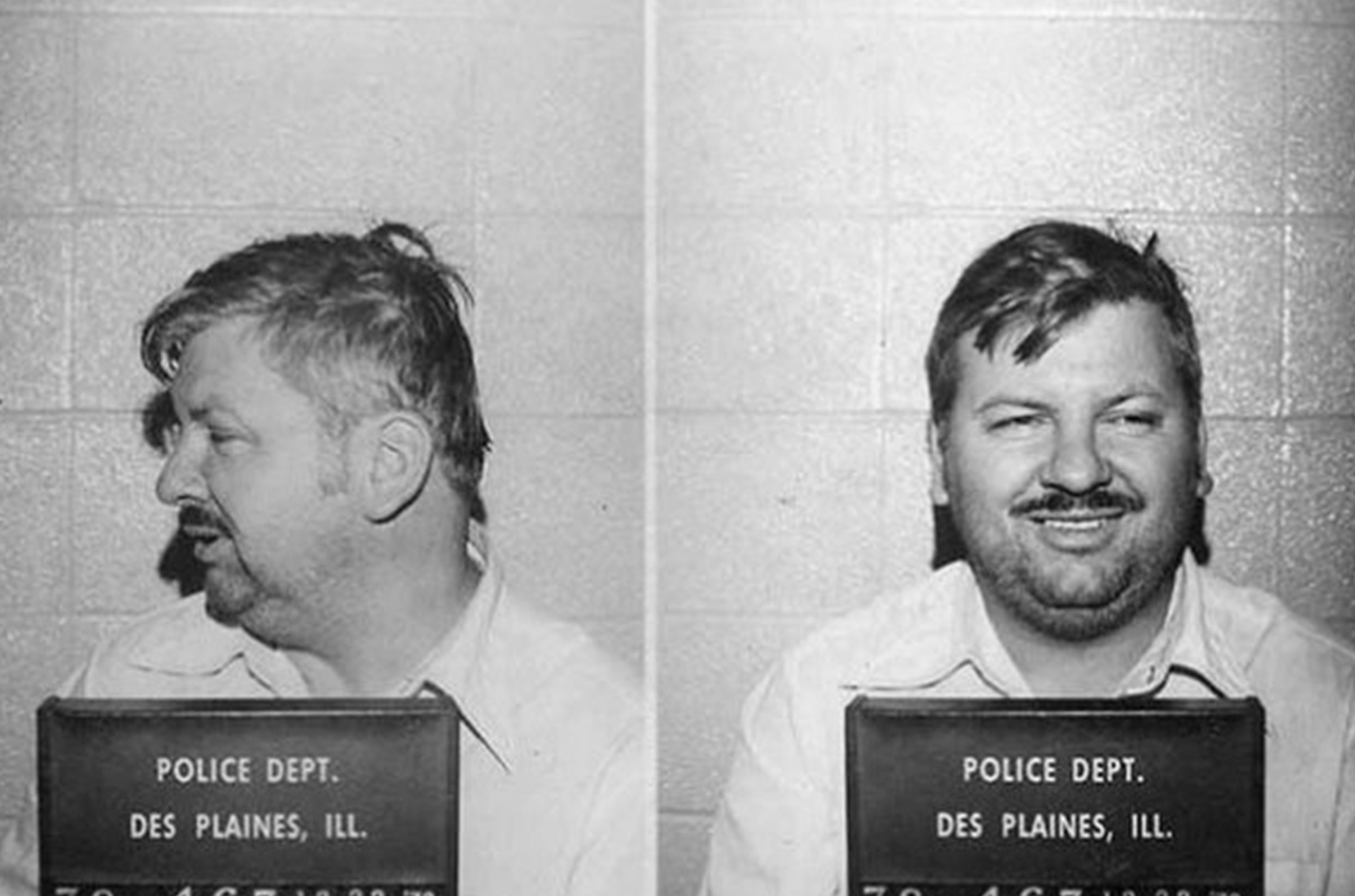John Wayne Gacy: Killer Clown's Crimes
How could a man who donned clown costumes for children's parties and charity events harbor such darkness within? The chilling duality of John Wayne Gacy, the "Killer Clown," remains one of the most disturbing cases in American criminal history. His reign of terror in Chicago during the 1970s left an indelible scar on the city and a nation grappling with the incomprehensible.
Gacys seemingly normal life as a contractor and local Democratic precinct captain masked a horrifying secret. Beneath the veneer of respectability, a predator lurked, preying on vulnerable young men and boys. The full extent of his depravity would only come to light after a missing persons investigation led police to his suburban home, a house of horrors where the bodies of his victims were discovered buried in the crawl space.
| Full Name | John Wayne Gacy Jr. |
|---|---|
| Born | March 17, 1942, Chicago, Illinois, U.S. |
| Died | May 10, 1994 (aged 52), Stateville Correctional Center, Crest Hill, Illinois, U.S. |
| Cause of Death | Lethal injection |
| Occupation | Contractor, Clown |
| Criminal Charges | 33 counts of murder, multiple counts of sexual assault and sodomy |
| Victims | At least 33 confirmed, possibly more |
| Years Active | 1972-1978 |
| Reference | Biography.com |
The story of Jeffrey Rignall stands as a testament to both the brutality of Gacys crimes and the resilience of the human spirit. Rignall, lured into Gacy's car on March 21, 1978, endured a nightmarish ordeal of chloroform, rape, and torture. Left for dead, he miraculously survived and bravely testified against his attacker. His book, "29 Below," published in 1979, provided a chilling first-person account of his experience, exposing the depths of Gacy's depravity. Rignall's courage not only helped convict Gacy but also gave a voice to the voiceless victims who could no longer speak for themselves.
Another survivor, known only as Tony, escaped Gacy's clutches in the summer of 1970 at the young age of 14. His story, shared years later, adds another layer of understanding to Gacy's predatory pattern. The fact that Gacy operated for nearly a decade, undetected, raises unsettling questions about how such a monster could operate within seemingly ordinary society. The chilling accounts of survivors like Tony and Rignall offer a glimpse into the fear and desperation of those who crossed paths with the "Killer Clown."
Gacy's public persona as "Pogo the Clown" or "Patches the Clown," added a layer of macabre irony to his crimes. He performed at children's hospitals and charitable events, using the guise of a clown to gain access to potential victims and project an image of trustworthiness. This juxtaposition of jovial entertainer and ruthless killer underscores the chilling disconnect between outward appearance and inner demons.
The 1980 trial of John Wayne Gacy captivated the nation. Having already confessed, the central question became one of sanity. The prosecution argued for premeditation and calculated cruelty, while the defense attempted to portray Gacy as a victim of his own fractured psyche. The testimony of survivors, like Jeffrey Rignall, proved crucial in demonstrating the calculated nature of Gacy's crimes. Ultimately, the jury found Gacy guilty, and he was sentenced to death.
The "John Wayne Gacy Tapes," a documentary directed by Joe Berlinger, offers a chilling look into Gacys mind through recorded conversations with his lawyers. These tapes provide a disturbing glimpse into the killer's manipulative tactics and lack of remorse. They reveal the calculated nature of his crimes, meticulously planned and executed over years. The documentary serves as a stark reminder of the human capacity for evil and the importance of understanding the psychology of predators like Gacy.
The case continues to fascinate and horrify, serving as a cautionary tale about the deceptive nature of evil. The investigation uncovered a pattern of luring young men with promises of work or money, then subjecting them to unspeakable acts of violence and degradation. The sheer number of victims buried beneath his house shocked the nation and solidified Gacy's place in the annals of true crime history.
The legacy of John Wayne Gacy is one of profound loss and unanswered questions. The families of the victims continue to grapple with the unimaginable grief of losing their loved ones in such a horrific manner. Their stories, though painful, are a vital part of the narrative, reminding us that behind the headlines and the sensationalism, there were real people whose lives were tragically cut short.
Beyond the individual tragedies, the Gacy case exposed systemic failures. How could a man operate as a prolific serial killer for so long without detection? The investigation revealed missed opportunities and a lack of communication between law enforcement agencies. These failures underscore the importance of vigilance and the need for improved systems to protect vulnerable individuals.
The case of John Wayne Gacy remains a chilling reminder of the darkness that can lurk beneath the surface of ordinary life. His story compels us to confront the complexities of evil and to seek justice for the victims whose lives were tragically cut short.

How John Wayne Gacy Survivor Jeffrey Rignall Went On A Personal Mission

Jeffrey Rignall Now How Did John Wayne Gacy’s Survivor Die? Update

Jeffrey Rignall Now How Did John Wayne Gacy’s Survivor Die? Update